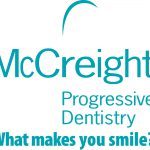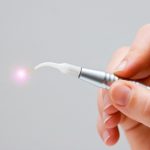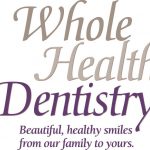
Is your home plagued with the flu virus? It seems to be everywhere. The young and the elderly are those most commonly affected by it; in fact there have been many reports of death associated with the 2018 flu virus. Here’s the scenario: You bring your sick loved one to the doctor, and the doctor orders laboratory test(s) typically, by a blood and urine sample. From those lab results, a determination is made if your loved one has a virus or bacterial infection. With this valuable information ...
Read More









